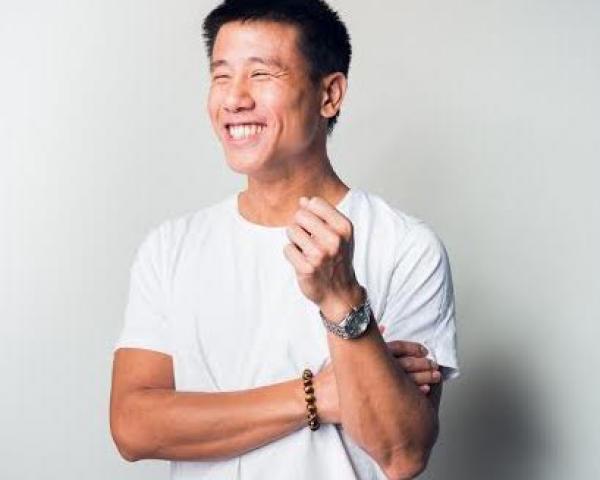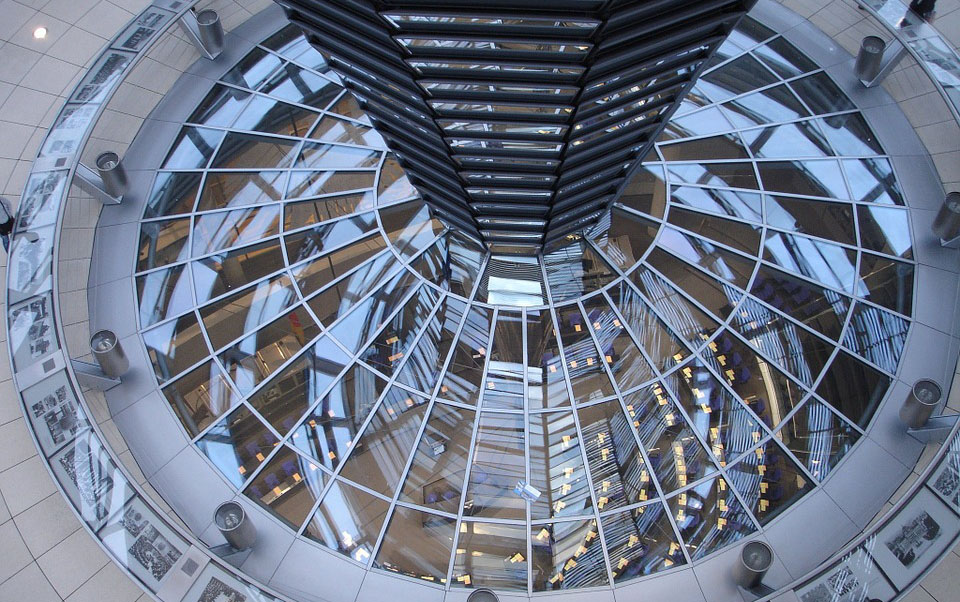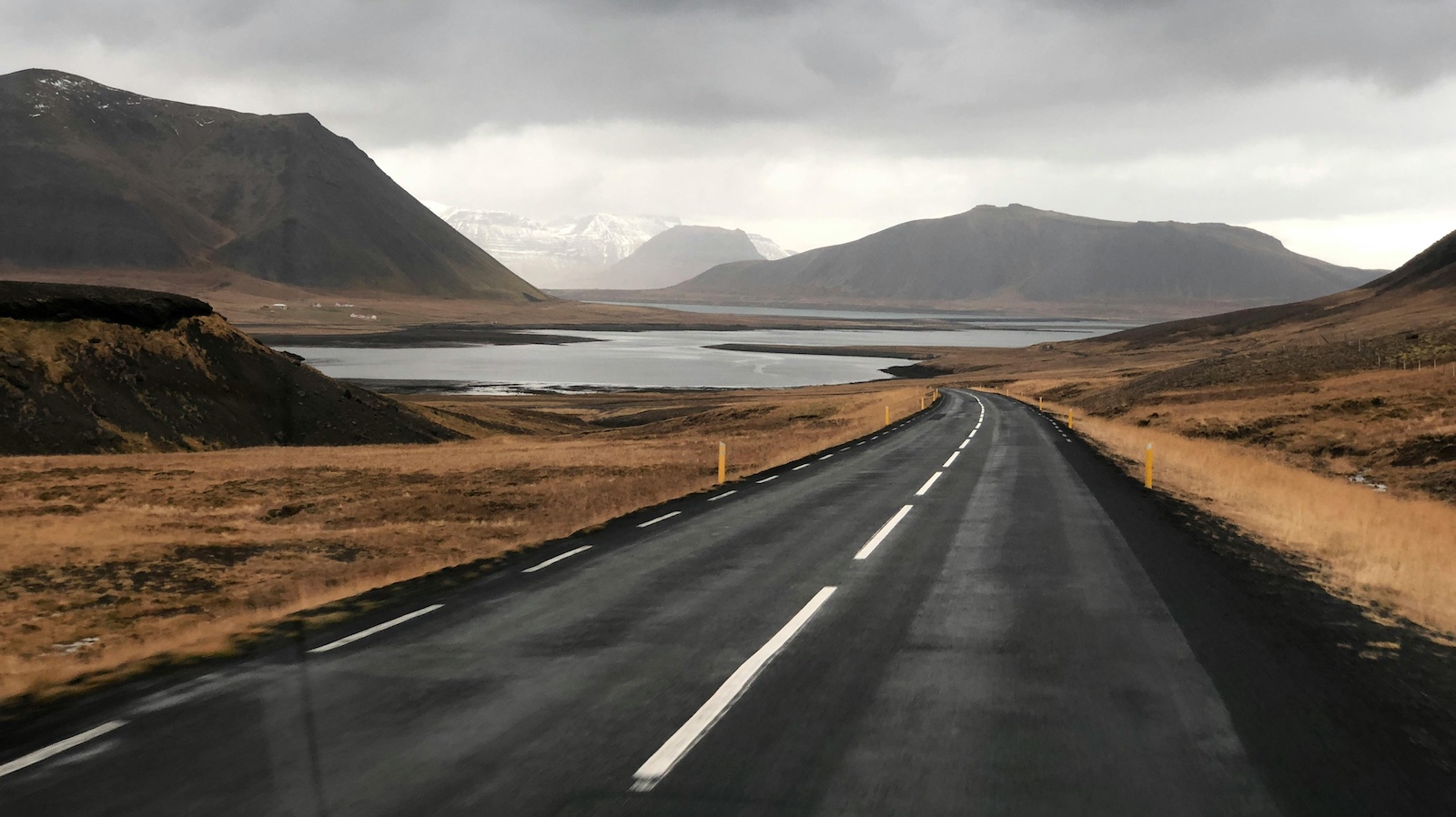The first part of this series is available here.
I started working for Getsafe in October as a newcomer to the insurance industry. Needless to say, I had a lot to learn about insurance as a domain as well as about Getsafe. I spent the first month or two on the job trying to gain as much context as possible to formulate some opinions of my own. Here’s a summary of my learnings from these explorations:
The customer lifecycle is super, super long.
The timing of insurance purchases generally correlates with the occurrence of major life events, which means that on average people will only need to buy an insurance product every few years. This presents some pretty interesting challenges for customer engagement as the long timeline between purchases means that we will need to be very creative about how to stay relevant and top-of-mind. We also need to make sure that our products and services can evolve with the lives of our customers.
Insurance was meant to be personalized.
A very interesting aspect of today’s insurance is that it is possible to lose money by selling more product. This is because insurance as a business relies on making sure that the amount of money collected from customers exceeds the amount of money paid out in claims in aggregate over time. The word “aggregate” is key here, because at the moment the industry does not have the means to make sure this equation always holds at an individual level, meaning that companies simply make money on the “low risk” customers and lose money on the “high risk” customers.
Insurance can be a part of every lifestyle.
Many companies supplement revenues from their core business with commission from selling insurances. For example, retail shops often sell insurance for the goods that people buy at the store. Banks often cross-sell homeowners insurance policies when customers apply for a home loan. From the perspective of an insurance company, this means that there is likely an opportunity to vertically integrate and position insurance products as a part of a lifestyle instead of purely as standalone purchases.
See also: Global Trend Map No. 15: Products
How people buy insurance can become more natural.
At Getsafe, every new employee spends a part of the first week mapping out the customer acquisition journey from initial discovery to completing the first purchase. When I went through this exercise, the customer acquisition journey looked something like this:
- Customer realize he needs insurance.
- Customer explores options via various tools.
- Customer gets quotes from some of these options.
- Customer selects one option.
- Customer purchases insurance.
What stood out to me here was that the first step of the journey required customers to somehow realize they need insurance. This feels unnatural, because insurances do not occur to me as something that people generally wake up each morning and just decide they need. Insurances do not directly address any fundamental human needs in the way that food fulfills hunger or friends create a feeling of belonging. To me, it feels like the customer acquisition journey ought to have a “step #0” that starts somewhere before the needs of insurances are fully realized by the average consumer.
Insurance has a noble origin.
As I learned more about Getsafe and the insurance industry, I started asking myself a very fundamental question: Why does insurance deserve to exist?
So I started researching the origins of insurance. To my pleasant surprise, insurances have a relatively noble beginning, serving as the instrument by which any given community can empower its members to recover from disasters. Unfortunately, this narrative has gotten lost, because today we generally view insurance companies as sleazy, sales-driven businesses that profit from the fear in individuals. The sense of communal benefit and protection is nowhere to be found in the average person’s perception of why insurance exists. This represents a very large gap between that starting place and where things are today, and I think our mission to reinvent insurance should also include helping people understand how it fits into their lives and why it is good for them and their community.
Turning inspiration into concrete statements
To add up these learnings, here are three statements that start to concretely articulate how the inspiration from above could inform our product vision. Imagine a world where...
- ...Getsafe provides products and services that directly address human needs. There should be a reason for people to wake up in the morning and want to use one of our products or services.
- ...Getsafe engages with people before they realize they need insurance. We want to be a part of the journey to help them understand how insurances may fit into their daily lives.
- ...Insurance feels more like a companion rather than a pile of paperwork. Getsafe should bring insurance back to its roots and re-create a sense of community around it.
With these concrete statements, we can start to tell a story about the world that we would like to create. Here is a high-level pitch for what we are trying to achieve at Getsafe.
Bridging insurance with human needs
“Peace of mind” is a basic human need, and here are some ways that the average person might articulate this fundamental desire:
I need to...
- ...plan for the future.
- ...have a backup plan.
- ...stop worrying.
- ...feel safe.
- ...be ready for the “what-ifs.”
- ...know my family will be OK.
As an insurance company, providing the appropriate coverage to our customers is one way that we can try to address “peace of mind” for them. Unfortunately, insurance is really complicated, and most customers need help understanding what they need, when and why. Traditionally, insurance agents have tried to bridge this gap by setting up long appointments to interview customers about their needs. For us as an insurtech, how can we use technology to do this better? How can we seamlessly bridge “peace of mind” with insurance products such that it feels completely natural to our customers?
See also: How to Speed Up Product Development
The insurance of tomorrow
Technology has become ubiquitously embedded within the daily lives of people. In today’s on-demand economy, consumers gravitate toward real-time access and instant gratification. This trend provides the optimal environment for next-generation insurance products to incubate because it affords us ample opportunity to inject ourselves into the everyday lives of people. With a mobile-first approach, our app lives inside the pockets of our customers and travels with them wherever they go. As long as we are providing tangible benefits to our customers, we have the opportunity to position insurance as a life companion, rather than a necessary evil. We foresee the evolution of the “insurance experience” in two phases:
1. Insurance as an app
Over the last two decades, technology has dramatically changed how people interact with many products and services. This same movement toward digital and on-demand is now finally gaining traction within the insurance industry. For Getsafe and our insurtech peers, this means that we have the opportunity to define what the “insurance experience” ought to feel like in this new world. As an example, customers can now purchase and cancel insurance policies in real time, without scheduling an appointment or filling out a long contract. We will build technology to transform interactions that have traditionally been complex into one that is frictionless, fast and fair (i.e., claims).
2. Insurance as a lifestyle
Because insurances are complicated and usually irrelevant to daily life, we believe that insurtechs will aim to achieve far more than the digitization of insurance products. We believe that for the industry to truly progress, insurance products must become more ubiquitous in the everyday lives of consumers. It should be clear to our customers how we enable them to live the lives they’ve always wanted to live. They should not perceive insurance products as something that they need to buy but hope never to use.
Getsafe will reinvent insurance by creating an insurance experience that caters to the digital, on-demand needs of customers. We will scale our operations by developing internal tools. Ultimately, we will also create products and services that bridge human needs to insurance products.
Conclusion
If you’ve gotten this far, thank you for reading! I sincerely hope that you’ve found both of these articles useful and that you’ve been able to find some tips to apply to your daily work. Feel free to drop any questions or comments and contact me!







